Geumsan Ginseng Market (금산인삼약령시장)
17.7 Km 40281 2022-07-28
24, Insamnyakcho-ro, Geumsan-gun, Chungcheongnam-do
+82-41-750-2012
Geumsan is widely known as the largest ginseng market in Korea, holding 80% of the nation’s ginseng trade. Along with its enormous ginseng industry, Geumsan is also rising as the largest herbal medicine market in the country. The Geumsan Ginseng & Herbal Medicine Market is a traditional market with a long-standing history, offering a variety of health products at its international market, Susam Center, Ginseng Medicinal Market and shopping center.
Products here are 20-50% cheaper than elsewhere. Merchants and consumers from all over the country gather at the Geumsan Market on the 2nd, 7th, 12th, 17th, 22nd and 27th of every month starting at 2 am.
Nonsan Gwanchoksa Temple (관촉사(논산))
17.7 Km 19415 2021-12-03
25, Gwanchok-ro 1beon-gil, Nonsan-si, Chungcheongnam-do
+82-41-736-5700
Gwanchoksa Temple in Nonsan, Chungcheongnam-do is located at the foot of Banyasan Mountain (100 meters in elevation). This temple enshrines a Seokjomireukbosalipsang Buddha (Treasure), which was built over the course of 38 years, beginning in 967 during the Goryeo period. According to legend, while a lady was picking fernbrake on Banyasan Mountain, she heard a baby crying. When she went over, there was no baby but instead was a large rock sticking out from the ground. Upon hearing this story, the government ordered a Buddha statue to be made from the rock. This Buddha statue, widely known as ‘Eunjimireuk Buddha,’ is the largest stone Buddha in Korea (18.12 meters in x_height, 9.9 meters in girth, 1.8 meters in the length of ears, 2.43 meters at the x_height of crown). There are many other cultural heritages in this temple and every April, a splendid cherry blossom tunnel stretching from Nonsan to Gwanchoksa Temple is at its peak.
Jinjamhyanggyo Confucian School (진잠향교)
17.8 Km 5244 2022-12-26
67, Gyochon-ro, Yuseong-gu, Daejeon
+82-42-543-1811
Jinjamhyanggyo Confucian School was established to enshrine and orient the ancestral tablet of excellent classical scholars in 1405 (the 5th year of King Taejong's reign) and to educate people. More detailed information is not available in the record. The remaining building is called Daeseongjeon, and the ancestral tablets are 5 Seong, Songju 6 hyeon, and Korean 18 hyeon. One instructor, who received a plot of land and slaves from the nation, taught 30 students during the Joseon period, but after the Gapo Reform, the educational function disappeared and Seokjeon, a religious ceremony, was served in summer and fall with offerings of incense on the first day of each month and at the half-moon instead. Daeseongjeon (Cheongju Daeseong High School (Former Main Building of Cheongju Commercial High School) is designated as a Registered Cultural Heritage.
Daejeon O-World (대전오월드)
18.0 Km 50892 2022-12-27
70, Sajeonggongwon-ro, Jung-gu, Daejeon
+82-42-580-4820
Daejeon O-World was established when the Daejeon Zoo and Joy Land, an amusement park, were integrated under the supervision of the Daejeon City Corporation. The project cost a whopping 40 billion won and resulted in the construction of Flower Land (100,000㎡) in addition to the renamed Zoo Land and the preexisting Joy Land. It opened on May 1, 2009 to the public.
The three main sections of Daejeon O-World are Zoo Land, Joy Land, and Flower Land. Zoo Land is currently home to a total of 600 animals of 130 different species including American black bears, Bengal tigers, lions, elephants, giraffes, zebras, and ostriches. Amusement rides, waterslides, and four-season sledding are housed at Joy Land. Flower Land boasts a number of smaller sections such as Rose Garden, Four Season Garden, Herb Garden, and Maze Garden and is home to a total of 150,000 tress of 100 different species and 200,000 flowers of 85 different species. An outdoor stage and concert hall are also located in the area.
There are plenty of things to see and enjoy in every corner of Daejeon O-World. Just beyond Festival Street, visitors will find a large (3,000㎡) pond with a fountain.
Geumsan Ginseng Museum (금산인삼관)
18.1 Km 3167 2021-03-17
30, Insamgwangjang-ro, Geumsan-gun, Chungcheongnam-do
+82-041-750-2621
Geumsan Ginseng Museum was founded to spread the excellence of Korean (Geumsan) ginseng across the nation and the world. Ginseng cultivation implements and models, efficacy, foods, and other products containing ginseng are on display in this museum. Visitors can also watch ginseng-related videos to gain a better understanding of Korean ginseng.
Geumsan World Insam Festival (금산세계인삼축제)
18.1 Km 44787 2023-10-18
30, Insamgwangjang-ro, Geumsan-gun, Chungcheongnam-do
+82-41-750-2306
Geumsan World Insam Festival is held annually since 1981 in Geumsan-gun, the largest production region of ginseng in Korea. Growing both in content and in size, the festival was selected as a cultural tourism festival by the Ministry of Culture, Tourism and Sports in 1996 and became established as a national festival. With the rising popularity of the festival, the marvelous effects of Geumsan ginseng have become known throughout the nation, drawing an increasing number of local and foreign tourists every year.
Geumsan Boseoksa Temple (보석사 (금산))
18.1 Km 15073 2021-11-29
30, Boseoksa 1-gil, Geumsan-gun, Chungcheongnam-do
+82-41-753-1523
Located on the southeastern slope of Jinaksan Mountain (732 meters), about six kilometers away from Geumsan-eup, Boseoksa Temple was founded by the great Buddhist monk Jogu Daesa in 866 (12th year of King Heongang) during the Silla Kingdom. The temple’s name Boseoksa (boseok meaning jewelry) comes from the statue of Buddha in the temple that was cast from gold found in the mountain facing the temple.
The temple is comprised of Daeungjeon Hall, Euiseongak Shrine and Sansingak Shrine. Close to the temple grounds are 12 stunning waterfalls. Visitors can also see a 1,100 year-old ginkgo tree or take a pleasant stroll along a 300-meter long fir tree road.
Olive Young - Daejeon Gasuwon Branch [Tax Refund Shop] (올리브영 대전가수원)
18.4 Km 0 2024-04-18
1149, Gyebaek-ro, Seo-gu, Daejeon
-
Gyeryong Musangsa Temple (무상사(계룡))
18.4 Km 11271 2023-04-13
129, Hyangjeoksan-gil, Gyeryong-si, Chungcheongnam-do
+82-42-841-6084
Musangsa Temple is an international Zen Temple exclusively for foreigners. The temple aims at promoting Korean Zen Buddhism among foreign monks and nuns while encouraging non-Buddhist priests and religious leaders to experience Zen. Twice a year (once in the summer and once in the winter) a 3-month program is held for foreign monks and nuns to come and practice Ganhwaseon, a type of Zen Buddhism. Travelers and other foreigners are also welcome to participate in shortened versions of the program, which are typically one week in length. During meditation/program periods, public visits are limited. The temple’s yearly schedule is divided into three sections with the last section providing various events and programs including weekend events and workshops. The temple also offers temple stay and other programs run in both Korean and English.
Dongsang Unjangsangyegok Valley (동상운장산계곡)
18.4 Km 42581 2024-04-07
Daea-ri, Dongsang-myeon, Wanju-gun, Jeonbuk-do
Dongsang Unjangsangyegok Valley is a valley located at the easternmost part of Wanju. Spanning approximately 9 kilometers, it combines Dongsanggyegok Valley and Unjangsangyegok Valley. With its picturesque valley and refreshing waterfalls, it attracts visitors from all over the country during the summer months for recreation. In autumn, the colorful foliage further enhances the joy of hiking.
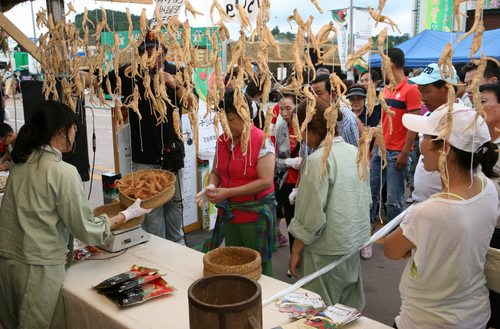
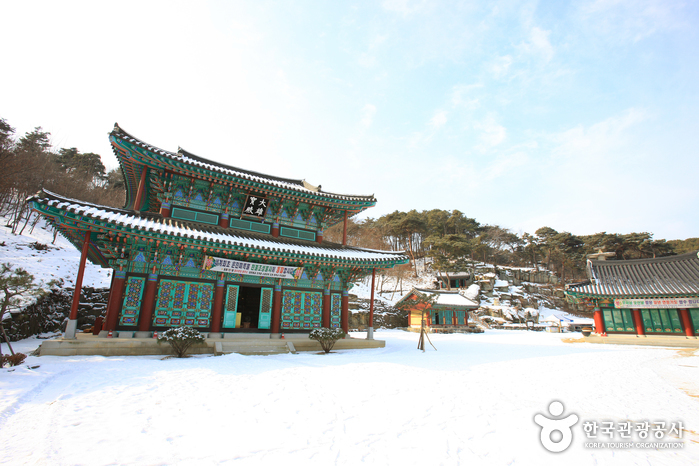

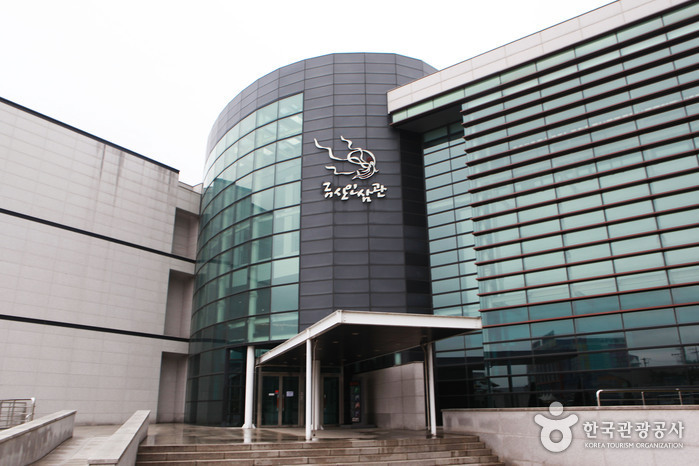
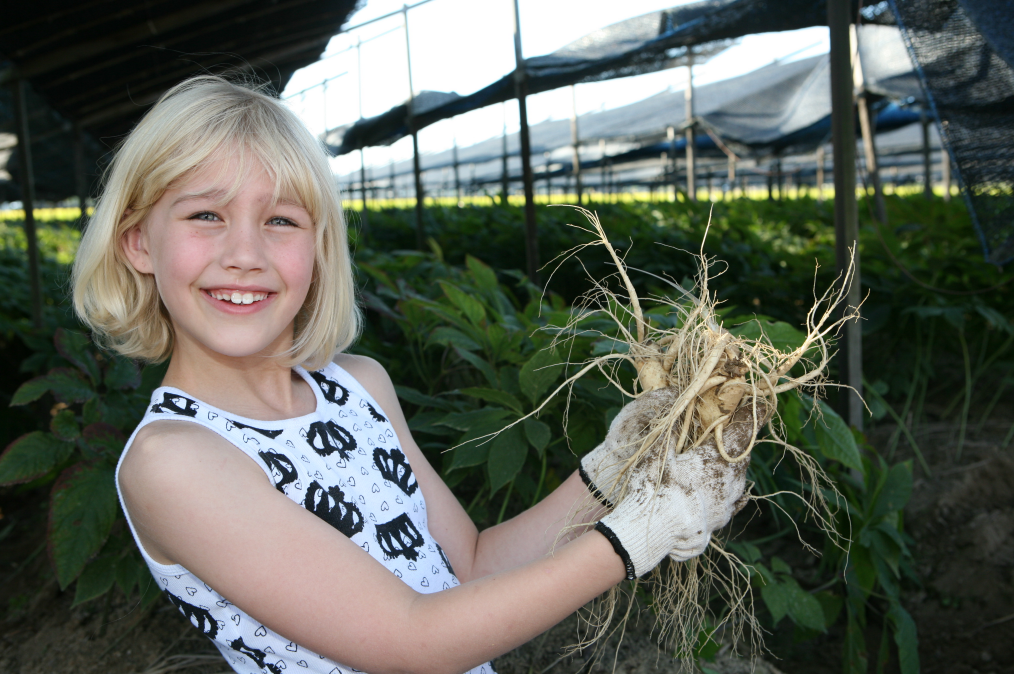
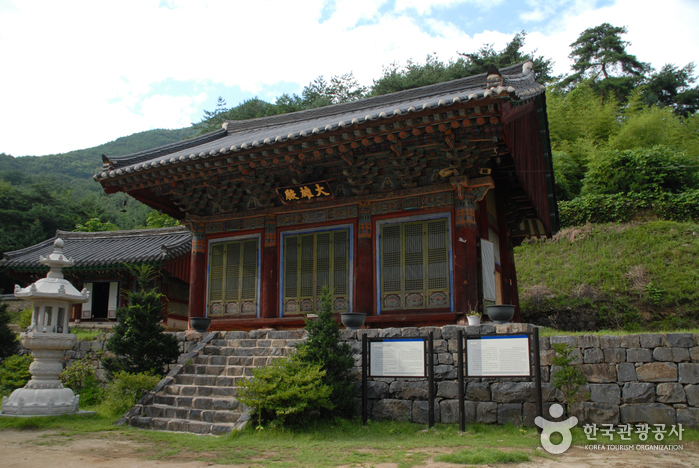
![Olive Young - Daejeon Gasuwon Branch [Tax Refund Shop] (올리브영 대전가수원)](http://tong.visitkorea.or.kr/cms/resource/29/2883729_image2_1.jpg)
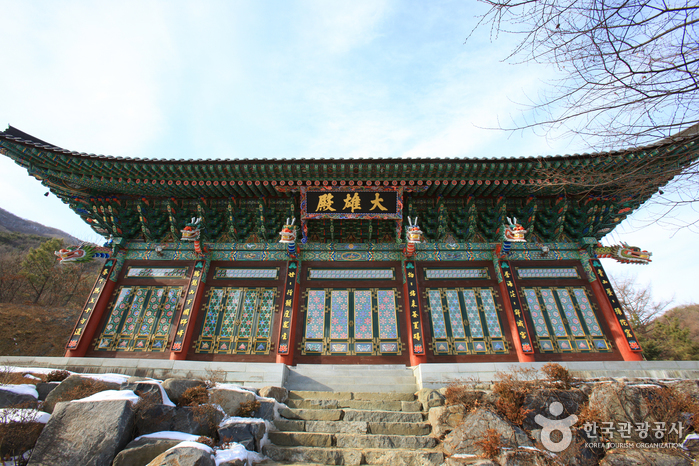
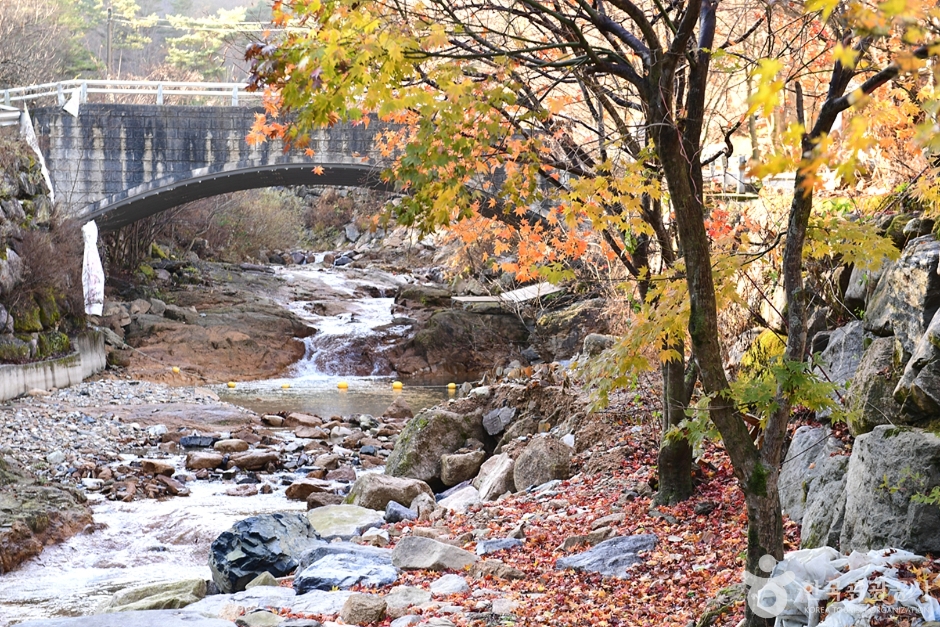
 English
English
 한국어
한국어 日本語
日本語 中文(简体)
中文(简体) Deutsch
Deutsch Français
Français Español
Español Русский
Русский